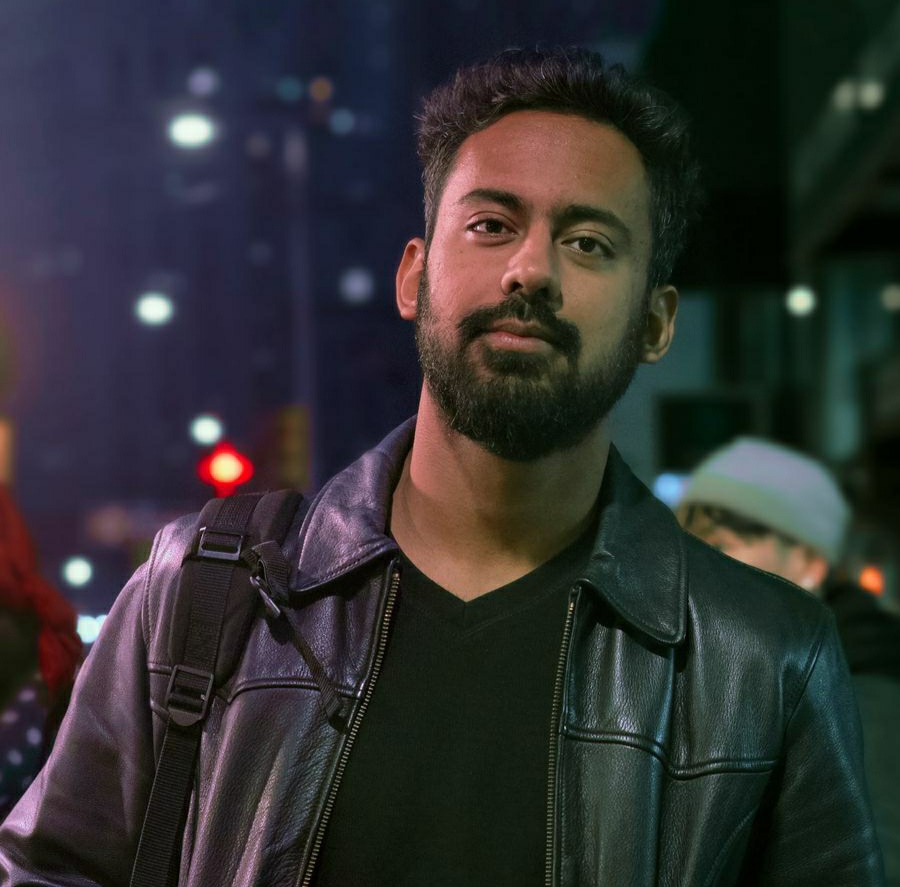Memories are like melting ice cream on a summer evening – before we know it, they slide through the spaces between our fingers. However, there are some, who choose to bottle them up and share them with the generations to come.
Ilyas Ansari is one such person who decided to store memories of those who lost their loved ones during the 1971 India-Pakistan war by creating a museum in the remote village of Hundarman near Kargil. The museum, which opened in 2017, later became the subject of a documentary made by Toronto-based documentary filmmaker Ansh Ranvir Vohra.

Ilyas Ansari, owner of the museum
The film
Vohra shot the seven-minute short Museum of Memories in June 2019 and it was released in August the same year. Opening with visuals of residents of the village reminiscing about their loved ones who got separated during the 1971 war – the film smoothly transitions into visuals of the museum where the director introduces us to Ansari who explains why he decided to open the museum.
Viewers are then taken into the old stoned walls of the museum to see the display, and the many tales it narrates through the possessions of those long gone – perfumes, french coffee, aspirin, letters etc. The film ends with Ansari’s brother reading out the last letter he got from his uncle, Ghulam Hussain – who got separated from them and has lived in Pakistan since after the war:
“Aaj milein, aaj khuda. Kal milein, kal khuda. Fikr karne ki zarurat nahin.” (God willing, we will meet today. If not, perhaps tomorrow. There is no need to worry.)

Vohra had first heard about the museum, which is built on the remains of Ilyas’s ancestral house, at a Ladakh-based art residency in 2016. A team he worked with briefly had met Ansari a couple of years before that and helped build the museum as part of a restoration project called ‘Unlock Hunderman’.
Through them, he got in touch with Ansari who, he said, was very enthusiastic about the project. According to Vohra, Ansari hosted the team when they travelled to Hunderman, connected them to other characters and helped them film the story.
According to the director, the film shows a border district that was once an outpost of the historic Silk Route. Won over by India from Pakistan in 1971, the village was forced into shifting its nationality, coordinates, and identity overnight.
Today, with the museum, this remote village has embarked on an unlikely enterprise. Since 2017, its residents have begun to assemble ordinary, abandoned objects from before 1971 as well as the remnants of the war – letters and photographs, cutlery and shrapnel shells – in an attempt to both acknowledge their past and look beyond it.
“The idea was to look at the borders through the lens of intimate, personal anecdotes and stories of separation,” said Vohra while explaining why he decided to make the film.
Also read: The Partition Through My Grandmother’s Eyes
“Since the Partition first took place in 1947, the narrative of the Indo-Pak conflict has traditionally been told through tense war rooms and politicised news debates,” Vohra said.
He further added, “Yet, personal, more intimate memories of loss have remained hidden for decades – tucked away beneath mattresses, between notebooks and inside old wooden trunks by inhabitants of remote villages that experienced the repercussions of fluid borders first hand; ordinary people living in an extraordinarily difficult time. These are the stories we wanted to bring to the forefront through this project.”

Ansh Ranvir Vohra, director and editor
Chhaya Dabas helped with the research and sound and the cinematography was managed by Mohit Kapil. Available on Atlas Obscura and Vimeo, it was produced by the former.
Vohra has been engaging with the themes of borders and separation for over four years ever since he co-founded The Pind Collective – a Margaret Thatcher award-winning multidisciplinary art project that facilitates cross-border artistic collaboration between India and Pakistan.
“Having grown up listening to stories of the Partition from my grandmother, the subject matter has always been very close to my heart and so I’ve always sought unique stories that touch upon the concept of home and belonging,” Vohra says.
Reception
The film, Vohra says, was very warmly received during the time of the release. “We received a great deal praise from viewers, and the YouTube comment section, often the most hostile place on the internet, is full of messages of deep sadness but also hope and appreciation,” he says.
The next project, Vohra says, might not be based in Hundarman, but he does want to work on an archival project based on families who immigrated to other parts of the world post-Partition and how their relationship with their national identity, he says, has evolved over the last seven decades.
Prachi Batra is an intern at LiveWire. She loves watching sunsets, sipping light coffee and writing stories.
Featured image credit: Ansh Ranvir Vohra

